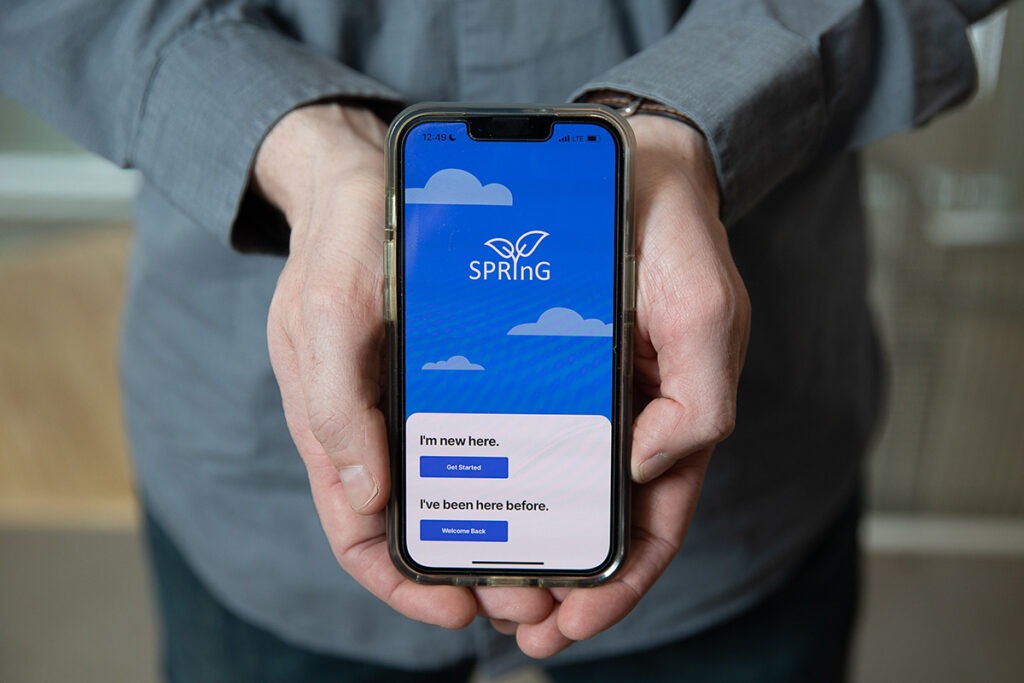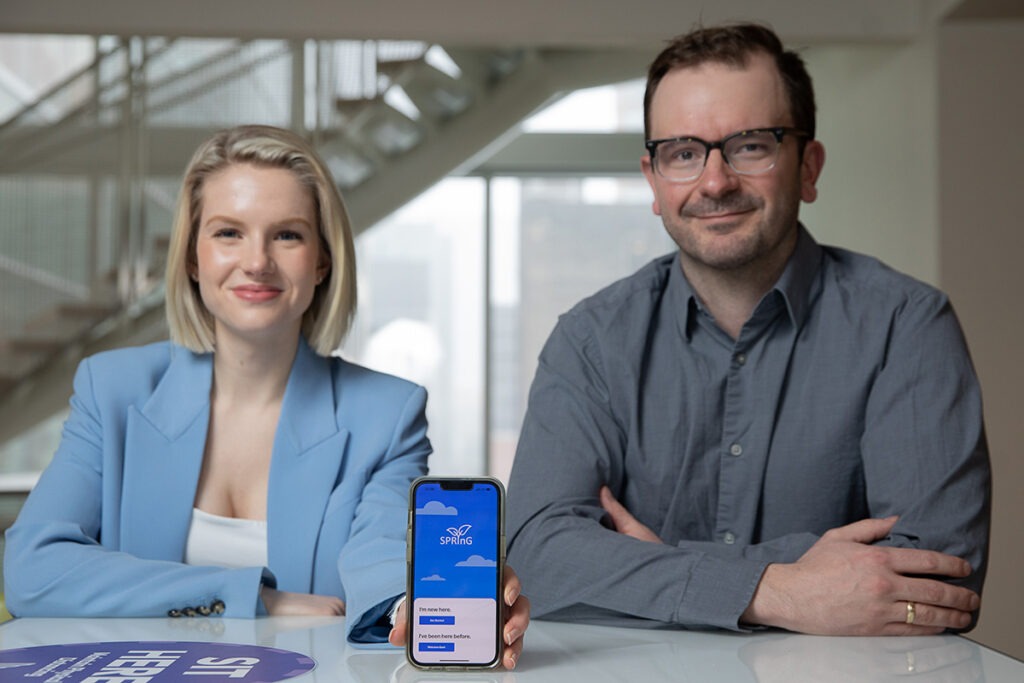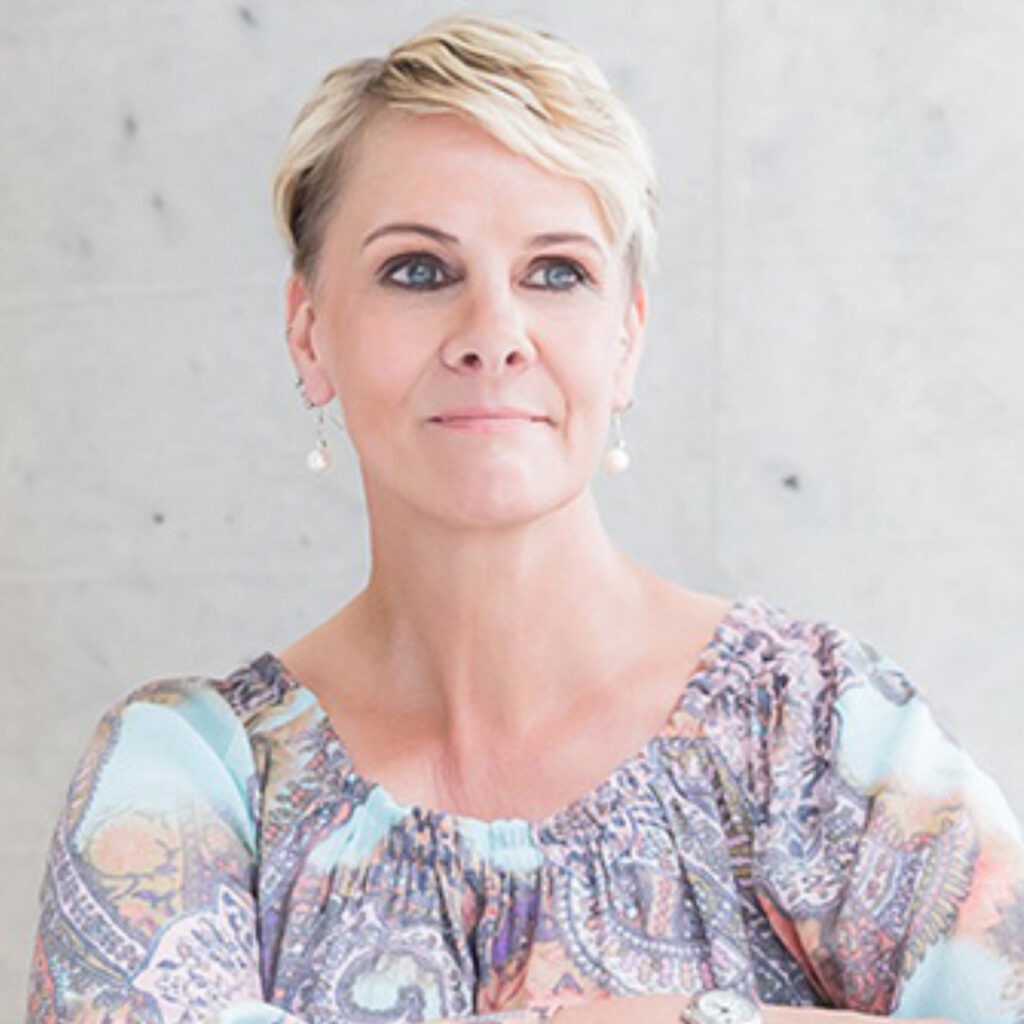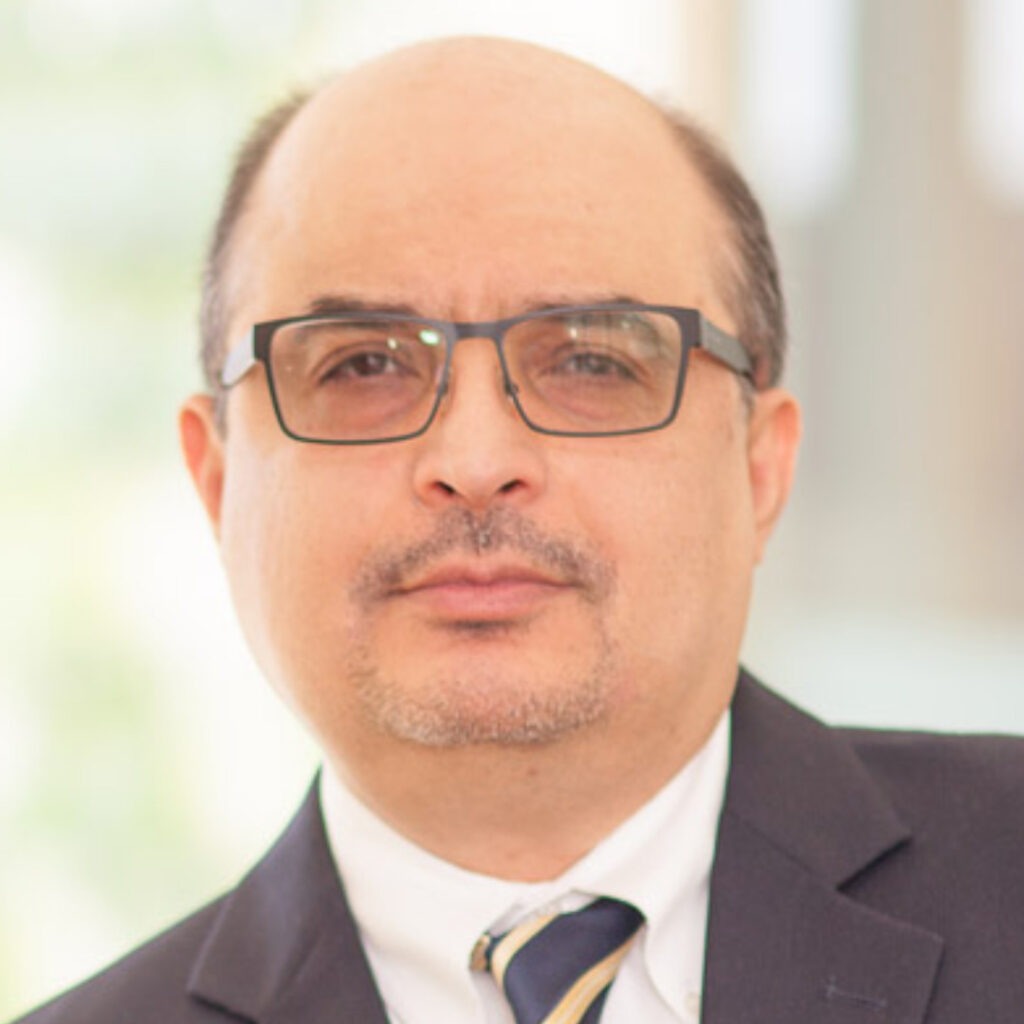App designed by St. Michael’s researchers offers 24/7 support to people with gambling concerns

A new smartphone app developed by St. Michael’s researchers to support people with gambling concerns has been launched.
The SPRinG app, designed in partnership with community groups and people who have experienced problem gambling, is a low-barrier, self-management journaling and tracking tool that helps users understand their gambling patterns and urges. It’s a research tool to gain insights into this population, and explore the feasibility of addressing problem gambling with a digital solution.
Never miss a story from Unity Health Toronto! Subscribe to our new monthly e-newsletter.
Problem gambling is associated with a range of health concerns, including substance use, mental illness, chronic illness and disability. Research suggests that prevalence of problem gambling among people experiencing homelessness is up to 58 per cent, nine times higher than the general population.
Dr. Flora Matheson is a Research Scientist, Dr. Arthur McLuhan is a Senior Research Associate, and Madison Ford is a Research Coordinator at MAP Centre for Urban Health Solutions. Dr. Alireza Sadeghian is a professor at the Department of Computer Science at Toronto Metropolitan University. They spoke about leading the SPRinG project, the questions they’re hoping to answer and why they’re passionate about this work.
Q: How does the SPRinG app work?
Ford: The app centres around users journaling about their gambling urges and gambling events, and the circumstances surrounding those urges and events. All of this information is collected through the app, allowing users to learn about their behaviour. For example, users can track their location during a gambling urge, how much money they’ve lost in gambling events for the past week, and how this compares to previous weeks. All of these variables help users identify triggers and high-risk situations and develop strategies for managing them.
When users are experiencing an urge, the app offers them four options to deter them from gambling: 1) engage in a distraction, 2) contact a friend, 3) engage in alternate activities and 4) contact a 24/7 crisis line.

Q: How did you develop the app?
Matheson: It started with initial funding from the Ontario Ministry of Health to develop a prototype about five years ago, and now we’re at the recruitment stage. We’ve received subsequent funding from the Natural Sciences and Engineering Research Council of Canada, and the Canadian Institutes of Health Research through the Collaborative Health Research Projects Initiative.
At MAP, we have a research program that looks at the connections between problem gambling, homelessness and poverty.
In Ontario, there are not enough gambling support services for those who need them. These services are often siloed, and many have long wait lists. Our community partners wanted a tool that could bridge these services, and could be accessed outside of normal 9-5 business hours, when a gambling event is likely to occur. This could be at 5 p.m., when a friend calls asking to go to the casino, or on the weekends, when support services might be closed. The app is always there in users’ back pockets, whenever they need it.

Sadeghian: When I came on board, Flora and her team had a prototype that they wanted to further develop. We worked together to make sure the app was user-friendly, appealing and inviting to the end-user. It’s critical that the app and its features make sense and are acceptable to users. You can have the most beautiful-designed app in the world, but if people won’t use it or don’t find it useful, it doesn’t matter.
McLuhan: The app is available for anyone with gambling concerns, but it’s sensitive to the fact that many users are also experiencing poverty and homelessness. We made sure that the language used and the strategies suggested are tethered to that context. For example, one strategy to manage gambling urges is to engage in an alternative activity – to keep busy. We didn’t suggest something like, ‘Go to the gym,’ as that may be financially out of reach for users. Instead, the app might prompt users to go for a walk. It’s important that we provide users with information and strategies that don’t further stigmatize them.
Q: How will the app be used in research?
Ford: Users are initially prompted to complete gambling self-assessment screening tools (the Problem Gambling Severity Index and the Gambling Symptom Assessment Scale). They will continue to complete these assessments on a regular basis. These assessments provide users with self-monitoring tools and allow us to view patterns of urge frequency, urge intensity, gambling frequency and gambling losses over time. We’ll also have data on how people are using the app, journal entries and demographic characteristics.
Q: What excites you about working on this project?
McLuhan: To my knowledge, this is the first community-based, solutions-focused digital project that aims to fill a gap in support for people experiencing problem gambling, homelessness and poverty. This is bringing support to people where they need it, when they need it. And while we recognize that this app won’t solve everything, it’s an important addition to the supports already available in the community.
Ford: It’s exciting to me that with stigma being such a large barrier in this population, this is a solution that people can use on their own, in private. They don’t necessarily need to engage with anyone else beyond the app until they’re ready, and maybe it’s a step towards them seeking treatment.
Sadeghian: My background is in computer science and AI, so I didn’t have expertise with this population and the challenges they face. But when I got involved and started working with the team, their commitment and enthusiasm were very apparent. I picked up their passion by osmosis! I have to credit the interdisciplinary nature of research at St. Michael’s, as it connected me with Flora and her team in the first place. It’s proof of how an effective research environment leads to interdisciplinary collaboration.

Matheson: It’s important to me that the research is applicable—it has to have meaning beyond an academic meaning. I find it exciting to work with the community to design and create something that they’re asking for.The next step is ramping up recruitment and getting this into the hands of people who need it. We’re hoping that it’s going to prove useful. That’s the bottom line for me: Is this going to help people?
Interview has been edited and condensed.
By Marlene Leung
Photos: Eduardo Lima and supplied
